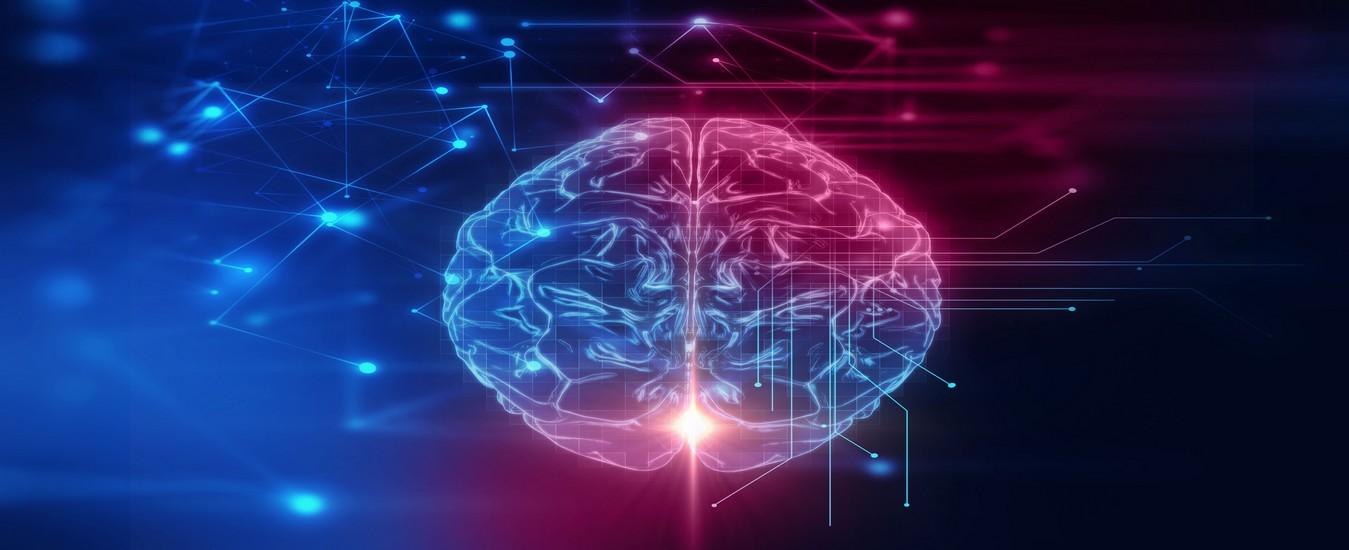Human-computer symbiosis, or computers taking over? - Peter Gloor

In the earlier days of computer science (1990ties), when I was a post-doc at MIT, there was huge discussion among AI researchers, with people like Marvin Minsky on one side, who said that computers eventually would become smarter than humans, and the majority agreeing that this would never be possible. Fast-forward 25 years, and there is no question that Marvin Minsky was right.
Researchers today envision one of three possible scenarios: the first, least fearsome one, that the human is telling the machine what to do, secondly, we have true human-machine symbiosis with computer and human being equal partners on a task, or third, the machine telling the human what to do. Looking at the current stock market fluctuations, it unfortunately seems we already firmly reached the third scenario, with computers taking over. When after multiyear growth and a record high of the Dow on January 26 2018, a few days later on February 4, the Dow lost 1175 points in a single day, this was its biggest point loss ever, all thanks to automated computer trading. A large part of these fluctuations originated in algorithms tied to exchange traded index funds (E.T.F.), as these are responsible for up to 38% of all trading. While the impact of these fluctuations can be enormous for the individual investor and companies tied to these trades, there are no worries for the firms trading in these E.T.F.’s, while their robots are doing all their trading automatically. According to one of the operators of such an investment firm, ”if the market goes down 4 percent, I don’t even care. That is the beauty of systems. Once you build it, there is literally nothing left to do.”
Humans might be tearing their hair out - the psychological fear index VIX beginning of February 2018 rose to multiyear highs – while robots calmly keep on doing their work. This means it is not the shrewd investor anymore who is beating the market, but it is computers equipped with the latest artificial intelligence algorithms.
In earlier research studying crowd behavior on Twitter, we observed a similar pattern, with Twitter bots and humans interacting in a tightly woven dialogue of tweets and retweets, where it becomes nearly impossible to distinguish between humans and robots. More research on untangling the madness of the crowd from the wisdom of the swarm is sorely needed, knowing that both the wisdom and the madness today comes not only from humans, but in increasingly larger parts from the interaction between AI algorithms simulating and beating the human brain and real human brains.
I therefore propose the following (open-ended) research agenda:
- Study the automated robot-controlled feedback loop of the predictive capabilities of online social media on stock prices. This will help develop an algorithmic framework capable of dealing with the impact of artificial intelligence on collective (human) intelligence.
- Study the evolution of digital tribes: automatic filtering done by social media companies to preselect the content users get to see on their platforms uses similar techniques as (1). As this preselection is done by automated algorithms in combination with human preferences, it is often argued that it creates information bubbles in which individuals only choose to see content that confirms their world view and no content that opposes it. This leads to the formation of tribes. For instance, we might track the fragmentation of humans co-located in nation states into different digital tribes, such as patriots (fatherlanders), technocrats(nerds), environmentalist (treehuggers), and spiritualists.
- Study the dissemination and evolution of fake news, which reflect the alternative realities of different information bubbles, viewed through the lens of the different tribes.
- Study human emotions through sensing of "honest signals" through smart sensors. To enable computers to collaborate with humans on a human-computer symbiotic level, computers will need to get an understanding of the feedback loop between human emotions and computer algorithms. The goal is to develop alternative means for measuring individual emotions directly from the source – humans – using body sensing systems such as smartwatches and smartphones to track for instance individual happiness, fear and stress to get a baseline system for calibration with online social media.
This list is just a start, your ideas are most welcome?
Recommended Articles
Seeing is Believing.
Many software demonstrations end up being generic product promotions. We take the time to understand your specific needs before preparing a customised demonstration that provides you with: • Case studies of how organisations similar to yours have used our technology to improve related issues. • Scientific evidence published in major journals to back-up our statements. Please complete this form and a platform expert will be in touch shortly to take you through a demo of our technology with evidence relevant to your needs.



